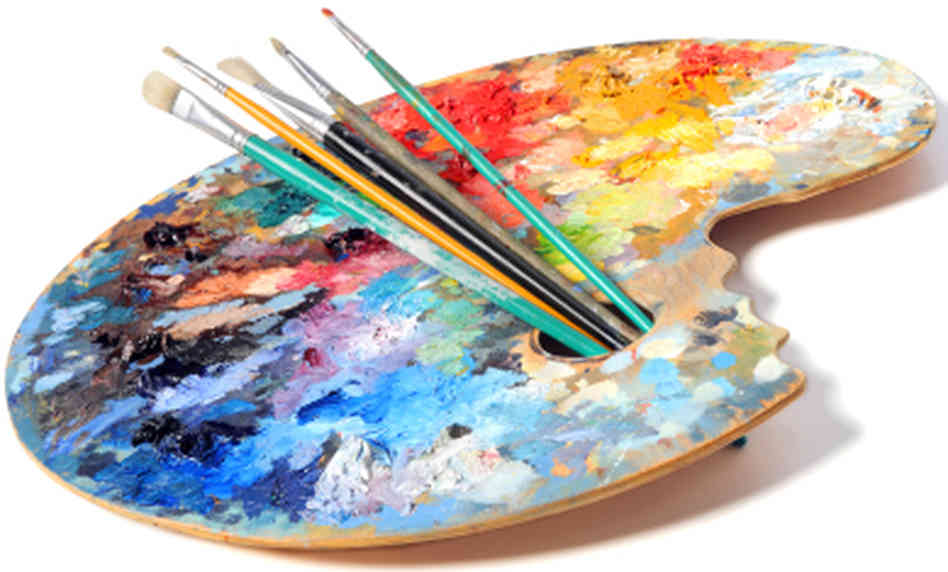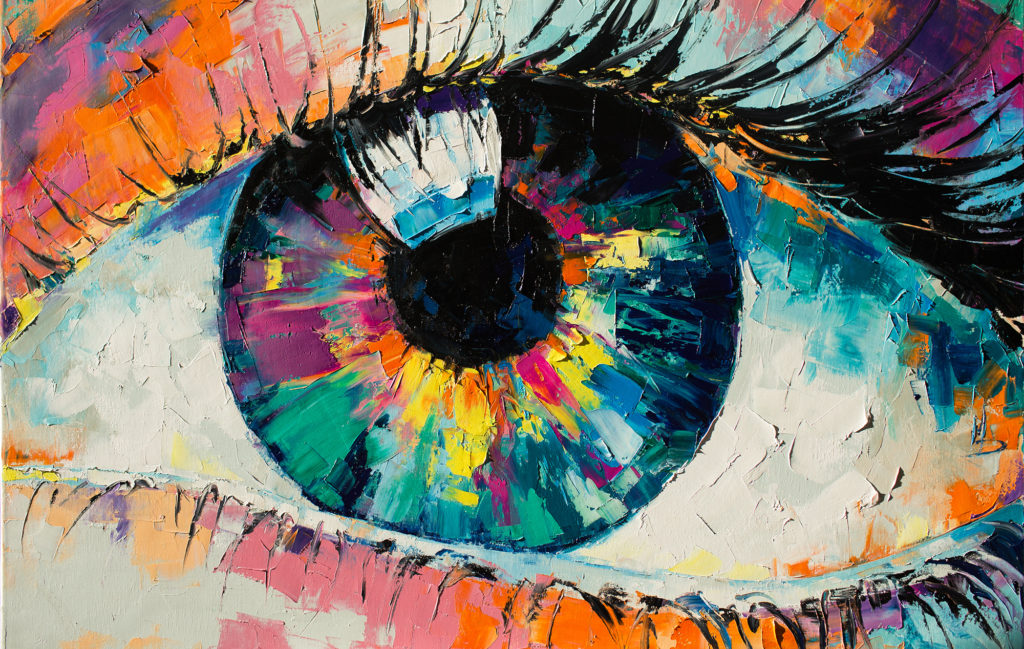The Advancement of Trump Art: From Early Critiques to Contemporary Perspectives
The Advancement of Trump Art: From Early Critiques to Contemporary Perspectives
Blog Article
Getting Started on an Aesthetic Journey Through the Lyrical Interpretations of Nature in Impressionist Landscapes
In the realm of art history, the Impressionist motion attracts attention as a pivotal period that revolutionized the way nature was depicted on canvas. Musicians such as Claude Monet, Camille Pissarro, Edgar Degas, Berthe Morisot, and Vincent Van Gogh caught the significance of the all-natural world with their special analyses, developing landscapes that go beyond plain graph. Each brushstroke, each play of light and shadow, and each shade option in their jobs talks volumes concerning the musicians' deep link to nature and their ability to equate its beauty onto the canvas. As we discover the lyrical analyses of nature in Stylist landscapes, we are welcomed to submerse ourselves in a globe where fact and emotion intertwine, supplying a glimpse right into the musicians' profound appreciation for the all-natural globe.
The Captivating Brushstrokes of Claude Monet
Claude Monet's proficiency of brushstrokes transcends plain method, imbuing his landscapes with a spiritual high quality that fascinates and captivates customers - trump art. His innovative usage of color and light, integrated with his distinctive brushwork, develops a sense of activity and life within his paintings. Monet's prominent series of jobs portraying water lilies and his renowned haystacks display his ability to catch the short lived impacts of light and ambience

Checking Out Light and Shadow With Camille Pissarro
Symbolizing a comparable reverence for the interplay of light and darkness, Camille Pissarro's artistic vision unravels as an unified exploration of the natural world's luminous nuances. Pissarro, an essential number in the Impressionist motion, masterfully captured the dynamic relationship in between light and darkness in his landscapes. His experienced use color and brushwork permitted him to convey the subtle shifts in light that specify various times of day and periods.
Pissarro's paintings commonly include spotted sunlight filtering with fallen leaves, casting intricate patterns of light and shadow on the planet listed below. In jobs such as "Hoar Frost, the Effect of Snow, Pontoise," Pissarro skillfully portrays the crisp brightness of winter months sunshine juxtaposed with the amazing darkness that specify the snowy landscape. By accepting both light and darkness in his make-ups, Pissarro welcomes visitors to submerse themselves in the all-natural elegance and short-term results of light on the planet around them.

Via Pissarro's jobs, we are advised of the transformative power of light and darkness, inviting us to pause and appreciate the fleeting moments of beauty present in the everyday landscapes that surround us.
A Symphony of Colors by Edgar Degas
Edgar Degas orchestrates a vibrant symphony of colors in his skillful artworks, infusing his compositions with a dynamic interplay of colors that mesmerize the visitor's gaze. Known mostly for his ballet professional dancers and intimate scenes of Parisian life, Degas adeptly adjusted colors to convey mood and movement in his paints. trump art. His usage of vibrant, different shades and subtle tonal variations created a sense of deepness and vibrancy within his works
Degas' shade combination commonly consisted of rich blues, deep eco-friendlies, and cozy oranges, which he used with confident brushstrokes to capture the significance of his topics. Whether portraying a ballerina mid-performance or a group of good friends chatting at a coffee shop, Degas' colors not just showed the scene however likewise stimulated a feeling of emotion and power.
Moreover, Degas' testing with light and shadow included an additional layer of intricacy to his color compositions, boosting the general atmosphere of his paints (trump art). With his competent adjustment of color, Degas created an aesthetic symphony that proceeds to resonate with viewers today
Discovering Nature's Calmness With Berthe Morisot
Berthe Morisot's artistic vision uses a peaceful departure from the lively color harmonies of Edgar Degas, as she catches the tranquility of nature in her expressive landscapes. Understood for her delicate brushwork and i thought about this intimate representations of everyday life, Morisot's landscapes exhibit a sense of peace and harmony.
Morisot's paintings commonly feature soft, muted tones that communicate a sense of peace and peacefulness. Her works, such as "The Cradle" and "Summer season's Day," display her capacity to capture the subtle beauty of nature in such a way that is both reflective and calming to the visitor.
Unlike several of her Stylist counterparts who see it here concentrated on strong shades and dynamic structures, Morisot preferred to develop gentle, introspective scenes that welcome the viewer to stop briefly and mirror. With her masterful usage of light and shadow, Morisot produces a feeling of tranquility that reverberates with the visitor on a deep emotional degree.
The Emotional Landscapes of Vincent Van Gogh
Vincent Van Gogh's landscapes clearly convey a deepness of feeling through their dynamic brushwork and meaningful use color. The Dutch post-impressionist musician is renowned for his capability to capture extreme and raw feelings in his paints, going beyond traditional representations of nature. Van Gogh's troubled personal life, marked by mental health and wellness struggles, substantially affected his art, instilling his landscapes with a feeling of worry, moody, or liveliness.
In works such as "Starry Night" and "Wheatfield with Crows," Van Gogh's swirling brushstrokes and vibrant color choices evoke an extensive psychological response from viewers. The turbulent skies and perturbed landscapes in his paints mirror his internal chaos and psychological turbulence, inviting viewers to delve into the intricacies of his subconscious.
Van Gogh's one-of-a-kind aesthetic language, defined by exaggerated perspectives and vibrant usage of color, creates landscapes that reverberate with visitors on a deeply psychological degree. With his art, Van Gogh invites us to see nature not just as an outside reality but as a mirror of our innermost sensations and feelings.
Final Thought
To conclude, the impressionist landscapes of artists such as Claude Monet, Camille Pissarro, Edgar Degas, Berthe Morisot, and Vincent Van Gogh offer a exciting and special visual interpretation of nature. Via their use brushstrokes, light, feeling, and shade, these musicians have actually developed a go now harmony of pictures that stimulate a sense of tranquility and elegance in the natural world. Their works proceed to inspire and captivate visitors with their lyrical interpretations of the landscapes around us.
Each brushstroke, each play of light and darkness, and each shade choice in their works speaks volumes about the artists' deep link to nature and their capability to convert its charm onto the canvas. His ingenious use of shade and light, incorporated with his distinctive brushwork, develops a feeling of motion and life within his paints. His skilled use of color and brushwork enabled him to share the refined shifts in light that define different times of day and periods.

Report this page